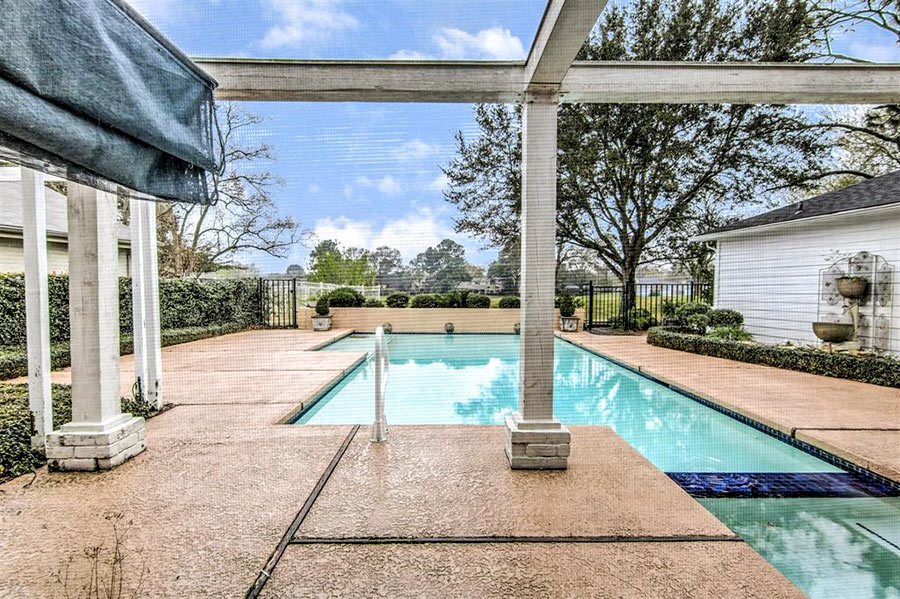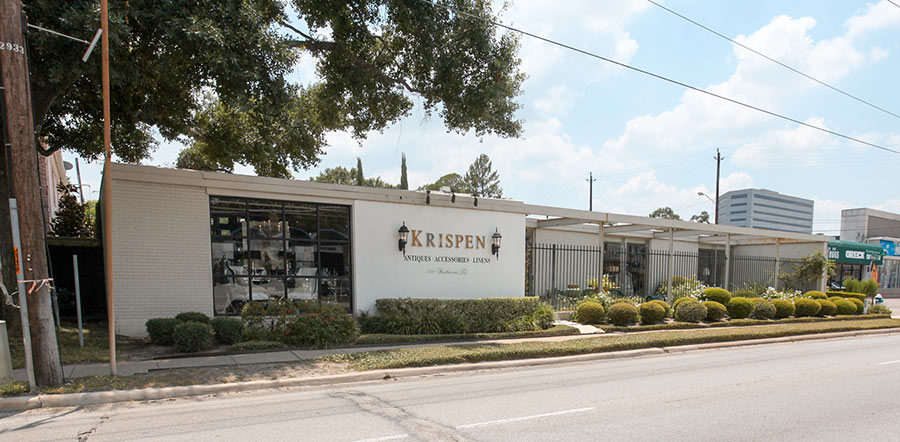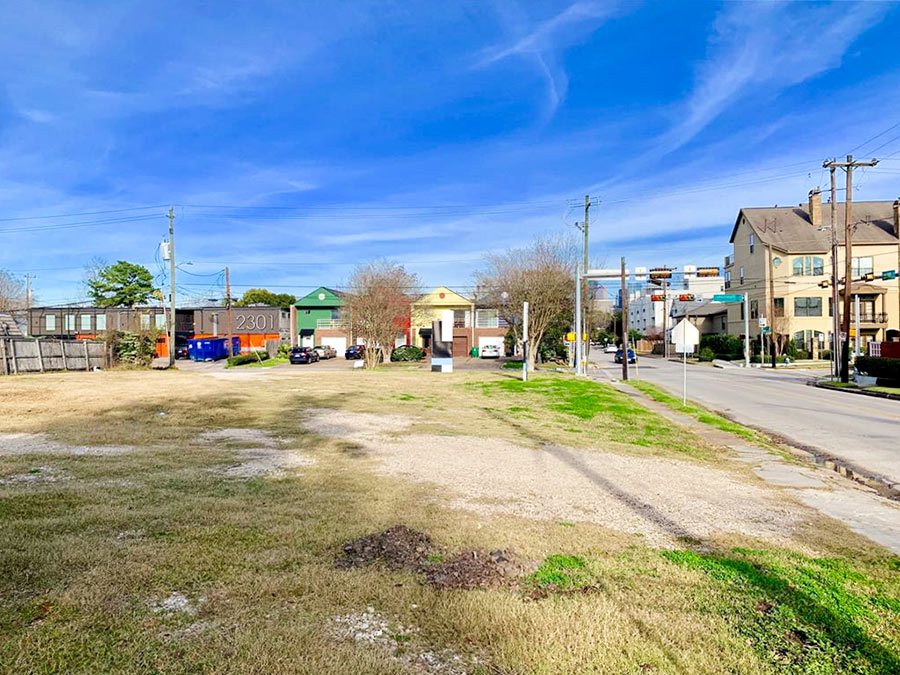STUCK IN THOSE NEIGHBORHOOD SAND TRAPS The Ohio investor who bought up 3 Houston community golf courses over the last decade, then sold the one in Quail Valley to Missouri City a couple of years ago, is running into a few obstacles in his attempts to sell the other 2 to developers: “The latest roadblock came with a jury verdict late last year that would prohibit the use of the land that once served as the Inwood Forest Country Club for any purpose other than a golf course. . . . The Harris County jury found that the Inwood Forest golf property contained an ‘implied reciprocal negative easement,’ [Inwood Forest homeowners association member Julie] Grothues said. In plain English, that means that an owner of the course is bound to keep it as a course even though the original deed has no such restrictive covenant. The lawyer for the homeowners association argued that the course was an essential component of the neighborhood, and that allowing it to be cut up for development would irrevocably change the character of the community and the value of the homes.†Is Mark Voltmann’s game going any better at the shuttered Clear Lake Golf Club? “The deed for the Clear Lake property contains a restriction preventing owners from using it for anything but a golf course or recreational facility until 2021. Voltmann has filed suit to try to bust the deed restrictions. In theory, success could translate into a big payday, as a portion of the property has good commercial potential. But the Inwood verdict is looming. If it stands up, homeowners could use the same argument to stymie him again.” [Houston Chronicle; listing]




I believe the former Quail Valley Country Club course is to be maintained as “green space” although I could be wrong.
If I bought a home along a “green space” be it a public or private one I would be very upset if one day I woke up and found myself looking at patio homes or townhomes or an apartment complex.
This is another example of why people distrust developers and why they distrust the courts in Texas. If this gets to the Texas Supreme Court the “constitutional right to profit” will prevail.
It all comes down to how the original development was established. In the case of Clear Lake, there were deed restrictions that keep the golf course as golf course, until 2021. Then it has the possibility of being redeveloped. Those restrictions were in place when each person bought their home and were in place as the original development.
These courses run into the problem that they can not support themselves. The market is competitive to the point that these middle range courses, can’t raise the green fees to make a profit because of the competition and the fact that they are not equal to the higher courses, but are undercut by lower level course that grab some of their market share. So if you own a private course within a development and you are losing money in the operation of the course, then is the owner required to keep losing money just so the neighborhood has a nice gold course in the backyard? I think that the adjacent homes, or maybe the whole development should actually be paying a special assessment to the golf courses to help make the course viable.
Quail Valley was take then upgraded by the city. Clear Lake died a long and painful death after Bay Oaks opened, just too many nice daily fee courses to choose from these days. CLCC has a few hundred feet of frontage on Bay Area Blvd. but most of the course runs one hole out then one hole back separated by drainage ditches making any kind of SF of MF development cost prohibitive.
Imaginary secret deed restrictions, whatever next. Maybe the neighbors should just go for broke and try and claim that the developer implied that he would gift them the land and then the sale to Voltman would be null and void and they could do what they like with it.
They could do both commercial redevelopment, AND parks on these golf courses. It’s not one or the other.
.
Voltmann could sell commercial sites along main roads at the edge of the golf courses, and give the land at the back of the courses to the County for them to build parks. He’d make a tidy profit off the commercial sites, and the land that he can’t sell anyway would become the green space that the neighbors want.
.
It could be a win-win for everyone.
I for one would play Inwood Forest at least twice a month were it to reopen. It’s relatively close by, and if they put the greens fees in the 25-40 range, it would attract a lot of business. Especially if they had a grass driving range.
In the meantime, until they can raise capital and hire a proper groundskeeping crew, might I suggest a herd of sheep?